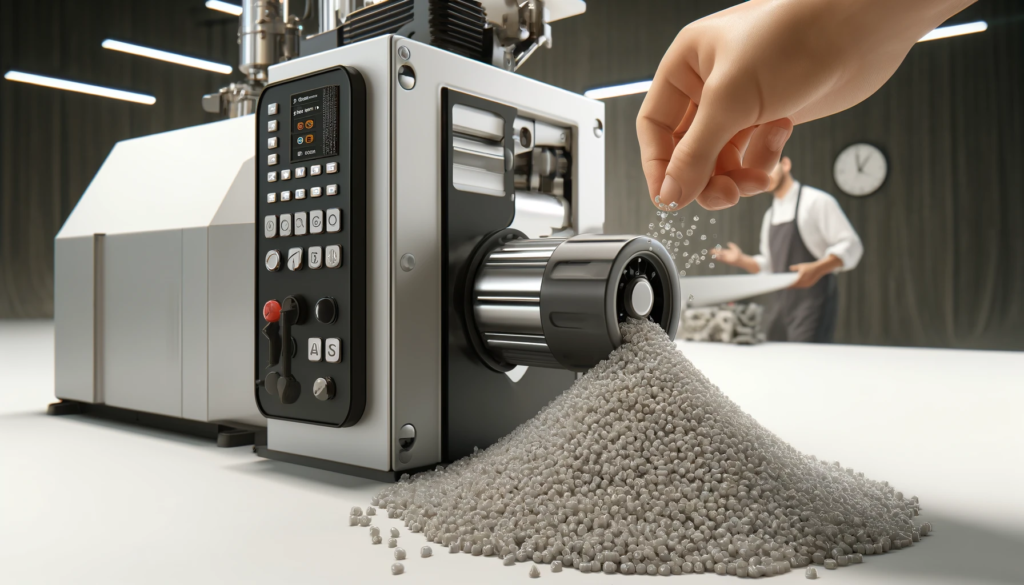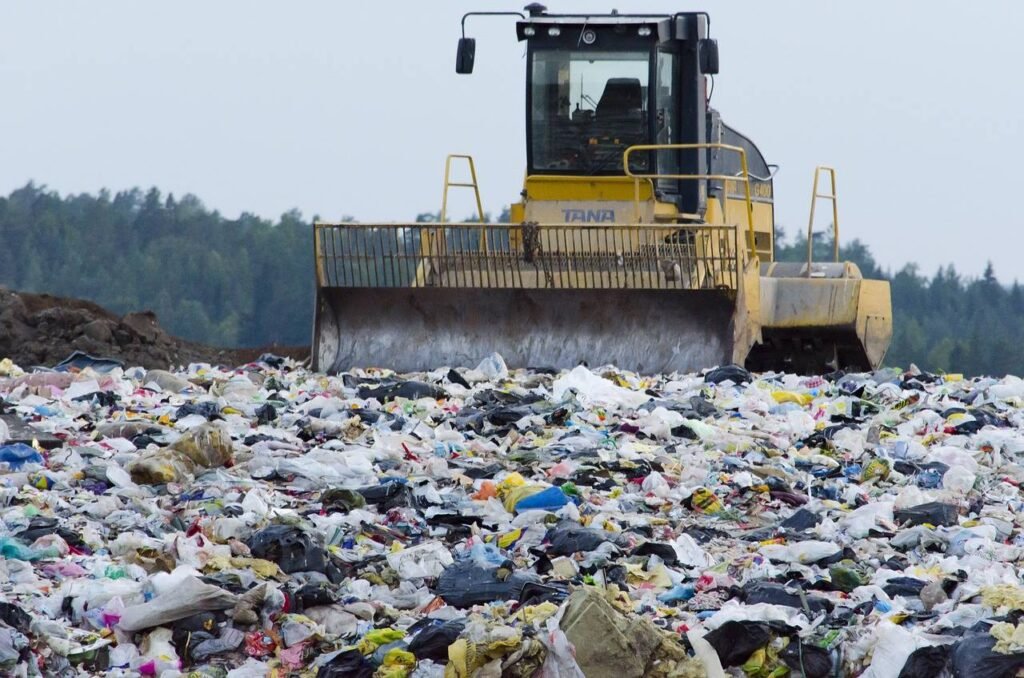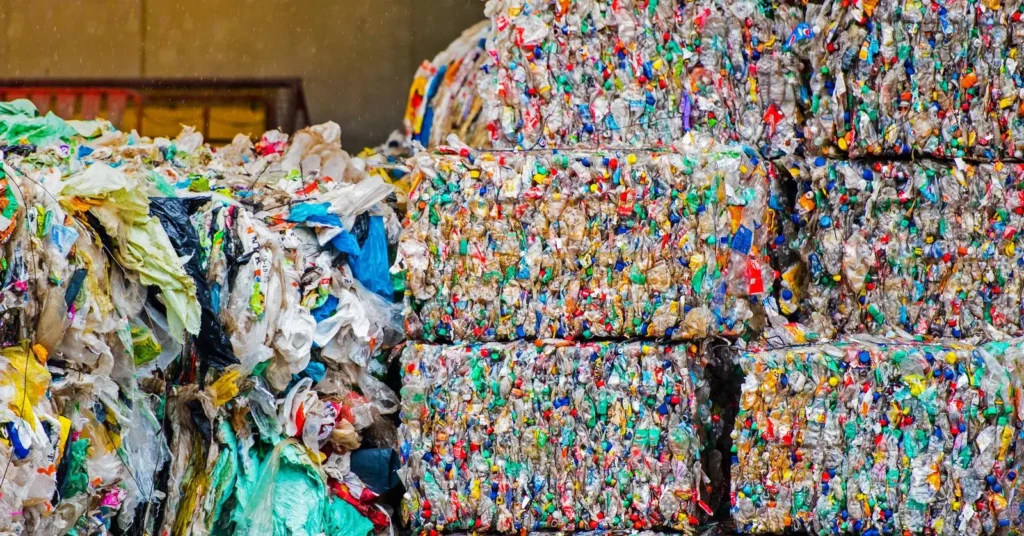Have you ever wondered what happens to all the plastic bottles and containers after you toss them into the recycling bin? It’s quite a journey! One of the most important steps is turning the old plastic into tiny beads called pellets. This is done by machines known as pelletizers. In recent years, these machines have gotten really advanced. They are changing the way we recycle plastic in a big way. Let’s explore how!
What are Plastic Pellets and Why are They Important?
Before we dive into the cool technology, let’s make sure we understand the basics.
Plastic Pellets: Building Blocks for New Products
Plastic pellets are small, round bits of plastic. They are usually about the size of a lentil or a pea. These pellets are like the building blocks for making new plastic products. They can be melted down and shaped into almost anything, from toys to furniture to car parts.
Why Recyclers Need to Make Pellets
When plastic is recycled, it first gets sorted, cleaned, and chopped up into little flakes. But most manufacturers don’t want to use flakes. They prefer pellets because:
- Pellets are easier to store and transport than flakes
- Pellets flow smoothly through machinery without getting stuck
- Pellets can be precisely measured for consistent recipes
- Pellets heat up evenly when melted
So to sell the recycled plastic, recyclers need to turn the flakes into high-quality pellets. That’s where pelletizers come in.
How Traditional Pelletizers Work
For a long time, recyclers used pretty basic pelletizers. Here’s a quick rundown of how they function:
- Plastic flakes are fed into a long, heated chamber called an extruder
- A screw inside the extruder mixes and melts the plastic as it rotates
- The melted plastic is forced through a plate with lots of tiny holes called a die
- As the plastic squeezes out of the holes, it forms long spaghetti-like strands
- The strands are quickly cooled in water so they harden
- A spinning blade chops the hard strands into little pellets
These traditional pelletizers get the job done, but they have some drawbacks:
- The pellets are not always perfectly round or the same size
- The process is quite slow and uses a lot of energy
- It’s hard to mix in additives evenly
- A lot of plastic can get wasted in the transition from strands to pellets
Luckily, newer pelletizers are tackling these issues head-on.
The Latest Innovations in Plastic Pelletizers
In recent years, pelletizer technology has taken some major leaps forward. Here are some of the most exciting advancements.
Underwater Pelletizers: Smoother, Faster, Cleaner
One of the biggest trends is underwater pelletizing. In these systems, the molten plastic is cut into pellets directly as it emerges from the die holes – all while still underwater! The water cools the pellets instantly and carries them away. Some key benefits:
- Pellets are perfectly round and uniform in size
- The process is much faster than traditional strand cutting
- Minimal plastic is wasted since there are no awkward strands
- Pellets have a clean, shiny surface without any dust
Big names like Coperion and Maag have developed advanced underwater pelletizers that can handle even hard-to-process plastics like sticky polyethylene.
Hot Face Pelletizers: Nimble and Efficient
Another innovation is the hot face pelletizer. This design puts the cutting blades right up against the die plate. The blades shave off the plastic as it comes out, creating pellets directly at the surface. Advantages include:
- More precise cutting means more consistent pellet size
- Less energy is needed because the plastic stays hotter
- The compact design is easier to clean and maintain
- Pelletizing can start and stop quickly without wasted plastic
Hot face pelletizers like the Nordson BKG Optigon are great for making small batches of custom recycled pellet blends.

Micro-Pelletizers: Small but Mighty
Some of the most exciting advancements are happening on a teeny tiny scale. Micro-pelletizers make pellets that are only a fraction of a millimeter wide. These itty bitty pellets open up new possibilities:
- They mix more easily into other materials like concrete or paint
- They melt faster and more consistently when making new products
- Finer control over additives means more customization options
Companies like Pla.to are pushing the limits of micro-pelletizing with cutting-edge machines that offer unmatched precision.
The Benefits of Better Pelletizers for Plastic Recycling
So why do these pelletizer improvements matter so much? It all comes down to making plastic recycling more profitable and planet-friendly.
Higher Quality Means Higher Value
Recycled pellets have to compete with virgin plastic made directly from oil. The more consistent and clean the recycled pellets are, the more desirable they are to manufacturers. This means recyclers can charge higher prices and more of the plastic gets reused rather than thrown out.
Faster Production Saves Energy and Money
Advanced pelletizers can churn out huge volumes of pellets quickly. This efficiency means recycling facilities can operate using less electricity and workforce hours. Those savings make the whole recycling process more economical and environmentally sustainable.
More Customization Expands Markets
With the latest pelletizer tech, it’s easier than ever to create specialized recycled plastic blends. By fine-tuning the color, density, flexibility, and other characteristics, recycled pellets can be tailored for specific products like phone cases or flowerpots. This opens doors to new markets and keeps more plastic in the loop.
The Future of Plastic Recycling Relies on Innovation
We still have a long way to go to solve the world’s plastic waste problem. But cutting-edge pelletizers are a key piece of the puzzle. By transforming old plastic into top-notch raw material, they make recycling more profitable and effective. Of course, pelletizers are just one part of a complex system. We need progress at every stage, from smarter sorting to easier collection.

The Role of Individuals in Supporting Recycling
So what can you do to help? The most important thing is to keep recycling! The more plastic that gets recycled, the more these amazing machines have to work with. You can also support brands that use recycled plastic in their products. As consumers, we have the power to show companies that sustainability matters.
Advocating for Policies That Prioritize Recycling
On a bigger scale, we need to push for policies that make recycling the norm. This could mean laws that require a certain percentage of recycled content in new products, or funding for cities to improve their recycling infrastructure. As citizens, we can speak up and vote for leaders who prioritize the planet.
Imagining a Circular Economy for Plastic
Ultimately, the goal is to create a truly circular economy for plastic. In this vision, all plastic gets reused over and over without any waste. It’s a big dream, but with innovative technology like modern pelletizers, we’re getting closer every day.
Pelletizing Our Way to a Greener Tomorrow
The next time you toss a plastic bottle in the recycling, take a moment to appreciate the incredible journey it’s about to embark on. With the help of cutting-edge pelletizers, that bottle could be reborn as a cozy fleece jacket or a sturdy park bench. By supporting and improving plastic recycling, we can keep our oceans cleaner, our landfills emptier, and our planet healthier. It all starts with one little pellet at a time.






